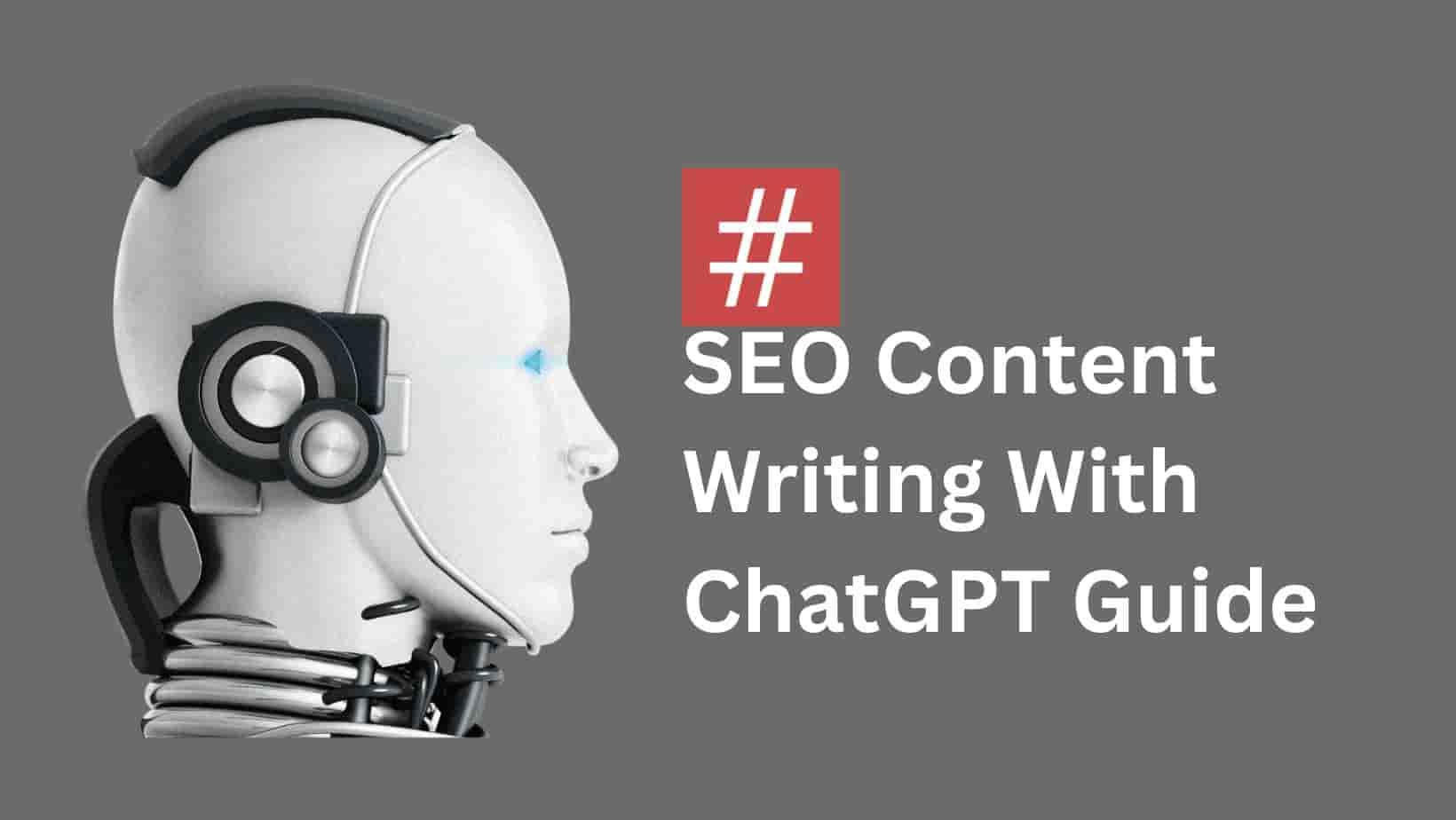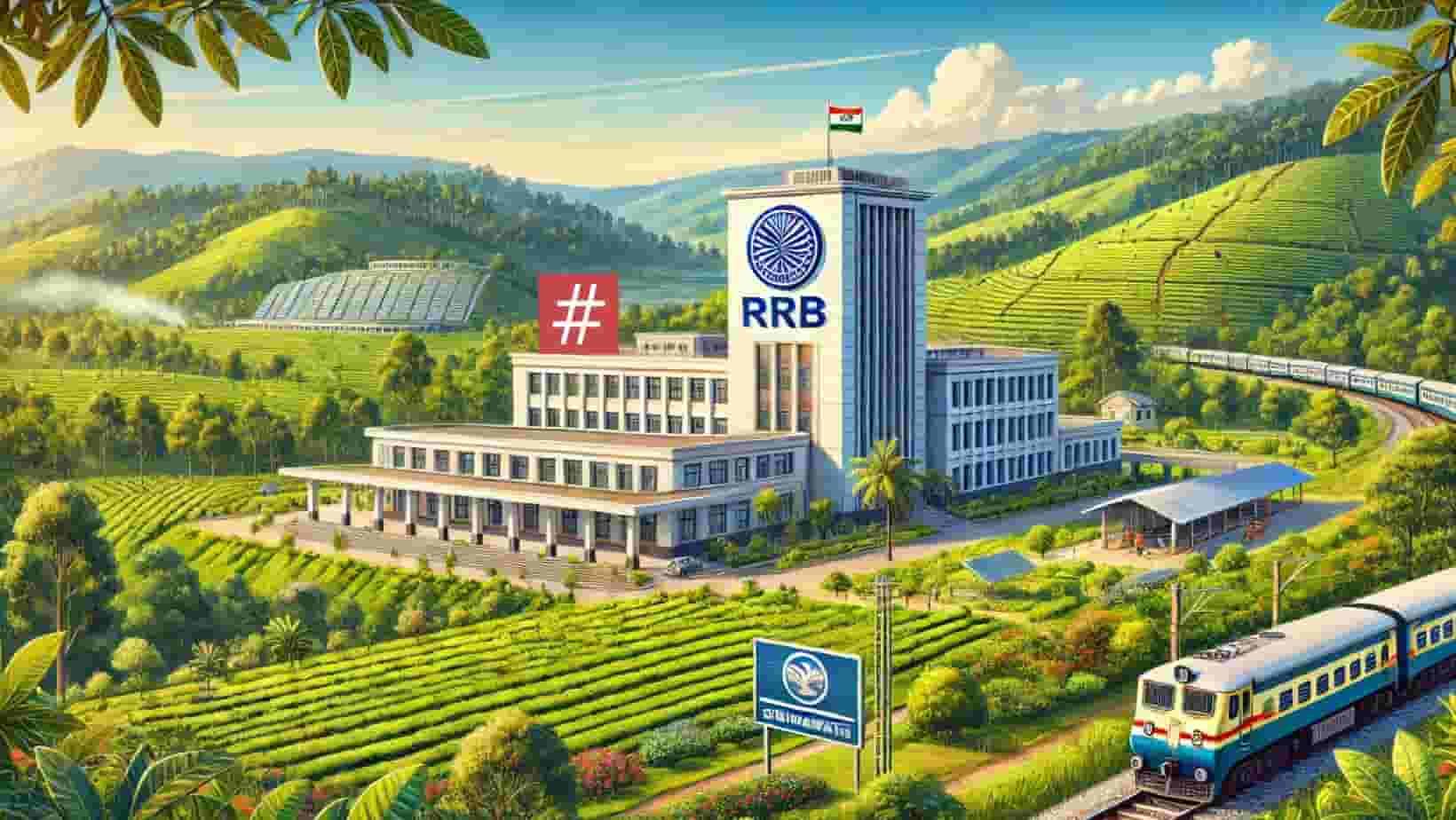How a SaaS Cybersecurity Company Boosted Organic Traffic by 300%

In the competitive world of SaaS, organic visibility isn’t just a bonus—it’s a survival tool. For niche platforms like Mind the Graph, a SaaS infographic tool tailored for scientists and academic researchers, cracking the SEO code meant the difference between obscurity and industry leadership. This case study reveals how the company achieved a 400% organic traffic boost in six months through a laser-focused SEO strategy. Whether you’re a B2B marketer, SaaS founder, or SEO specialist, these actionable insights will equip you to replicate similar success.
(For more B2B SEO strategies, explore our Proven B2B SEO Case Studies for Explosive Traffic Growth.)
The Challenge: Breaking Through a Crowded Scientific Niche
Mind the Graph faced a common SaaS dilemma: standing out in a specialized market. Their target audience—scientists, researchers, and academic professionals—required highly technical content, yet the platform struggled with:
-
Low organic rankings for competitive keywords like “scientific infographic maker” or “academic poster templates.”
-
Duplicate content issues diluting SEO performance.
-
Poor site navigation, making it hard for users (and search engines) to find key resources.
-
Limited backlinks from authoritative domains in the scientific community.
The goal was clear: become the go-to solution for academic visual content by dominating search engine results.
The Strategy: A 3-Pillar SEO Blueprint
Mind the Graph’s success stemmed from a holistic approach combining technical optimization, audience-centric content, and strategic backlinking.
1. Technical SEO: Building a Crawler-Friendly Foundation
Why It Matters: Even the best content fails if search engines can’t efficiently crawl and index your site.
Key Actions Taken:
-
Website Restructuring:
-
Consolidated 30+ redundant pages (e.g., overlapping blog posts on “infographic design tips”).
-
Created a logical hierarchy: Home > Templates > Tutorials > Blog > Pricing.
-
Implemented breadcrumb navigation for better user experience and crawlability.
-
-
Duplicate Content Fixes:
-
Used Screaming Frog to identify 15 pages with duplicate meta descriptions and thin content.
-
Merged or redirected low-value pages (e.g., combined two similar guides on “academic poster design”).
-
Added canonical tags to avoid self-cannibalization.
-
-
Mobile Optimization:
-
Improved mobile load speed from 4.2s to 1.8s using lazy loading and image compression.
-
Adopted AMP for key landing pages like “How to Create Scientific Infographics.”
-
Pro Tip: Use Google Search Console’s Coverage Report to identify indexing errors and prioritize fixes.
2. Content Strategy: Solving Problems for the Scientific Community
Why It Matters: Academic users seek precise, credible solutions. Generic content won’t cut it.
Key Actions Taken:
-
Audience Research:
-
Conducted surveys with 200+ users to identify pain points (e.g., “designing NIH-funded project visuals”).
-
Analyzed forums like ResearchGate and Reddit’s r/labrats for trending topics.
-
-
Keyword Targeting:
-
Focused on long-tail keywords like “FDA-compliant infographic templates” (Volume: 90; Difficulty: Low).
-
Created pillar pages for broad topics (e.g., “Ultimate Guide to Scientific Visualization”) linked to cluster content.
-
-
Content Types:
-
Tutorials: “How to Design a Peer-Reviewed Poster in 7 Steps” (2,500+ words, with video walkthroughs).
-
Case Studies: Featured user success stories, like “Dr. Smith’s Cell Biology Infographic Wins Grant.”
-
Tools: Launched free resources (e.g., “Downloadable Academic Color Palette Guide”) to drive shares.
-
Pro Tip: Use AnswerThePublic to find niche questions (e.g., “How to visualize qualitative data?”) and craft detailed guides.
(Learn how other B2B brands scaled with data-driven content in our B2B SEO Case Study.)
3. Backlink Building: Earning Authority in the Scientific Space
Why It Matters: High-quality backlinks signal expertise to search engines, boosting rankings.
Key Actions Taken:
-
Guest Posting:
-
Published 12 guest articles on sites like LabManager and ScienceMag (e.g., “5 Tools to Simplify Research Visualization”).
-
Included contextual links to Mind the Graph’s template library.
-
-
Resource Page Outreach:
-
Identified 50+ “Best Scientific Tools” lists using Ahrefs’ Site Explorer.
-
Pitched inclusion, resulting in 8 placements (e.g., University of Cambridge’s Biology Dept. resource page).
-
-
Collaborations:
-
Partnered with academic influencers on YouTube tutorials, earning 20+ dofollow links.
-
Co-hosted a webinar with a PubMed editor on “Visual Abstracts for Journals,” linked by 3 medical blogs.
-
Pro Tip: Use Hunter.io to find editorial emails for outreach and personalize pitches with data (e.g., “Your readers spent 4 mins on X article—our guide complements it”).
The Results: Metrics That Redefined Growth
Within six months, Mind the Graph transformed from an underdog to a category leader:
-
400% Increase in Organic Traffic: From 12k to 60k monthly visitors.
-
Keyword Rankings: 45+ keywords in top 3 positions, including “scientific poster maker” (1,200 monthly searches).
-
Referring Domains: Grew from 89 to 320+ high-authority backlinks.
-
Conversion Lift: Free trial sign-ups increased by 220%, attributed to blog CTAs like “Start Your 7-Day Trial.”
5 Actionable Takeaways for Your SEO Strategy
-
Audit Rigorously: Fix technical gaps before scaling content.
-
Speak Your Audience’s Language: Use niche forums and surveys to fuel content ideas.
-
Prioritize E-A-T: Showcase credentials (e.g., “Trusted by 5,000+ Researchers”) to build Expertise, Authoritativeness, Trustworthiness.
-
Leverage Partnerships: Collaborate with industry voices for earned media.
-
Track Beyond Traffic: Measure conversions—every blog post should have a strategic CTA.
(For more data-backed tactics, dive into our B2B SEO Case Study on Sustainable Traffic Growth.)
Conclusion: SEO is a Marathon, Not a Sprint
Mind the Graph’s journey underscores that SEO success requires patience, precision, and relentless optimization. By marrying technical excellence with hyper-relevant content and authoritative backlinks, SaaS brands can dominate even the most specialized markets. Start small, think big, and let data guide your strategy.
Your Next Step: Audit your site’s technical health, interview 10 customers, and pitch one collaboration this week. The road to 400% growth begins now.





